
Let’s get physicals
Once you start researching on Trove and talking to other Trove users, their enthusiasm can be contagious.
When researching medical equipment on Trove it’s incredible to discover the medical advancements we’ve made over time. But these pieces of medical advice and equipment are more likely to go viral for the wrong reasons. Frankly, some of the devices are downright terrifying.
A sight for sore throats
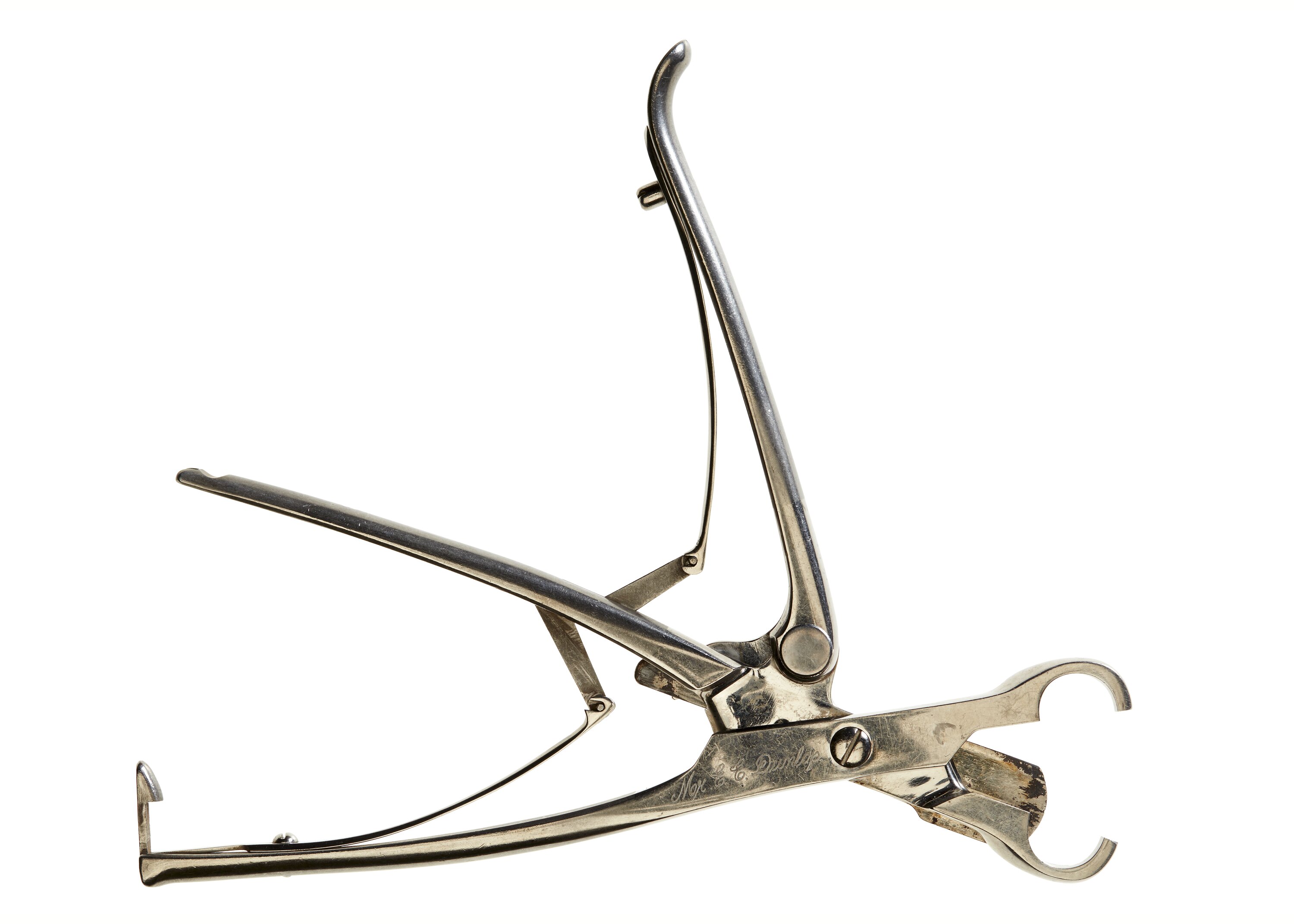
Tonsil Guillotines were once used to snip infected tonsils during surgery. Not only does this device look terrifying but it also proved to be quite ineffective. Parts of the tonsils were left behind and some patients complained of ongoing sore throats.
A jab wound
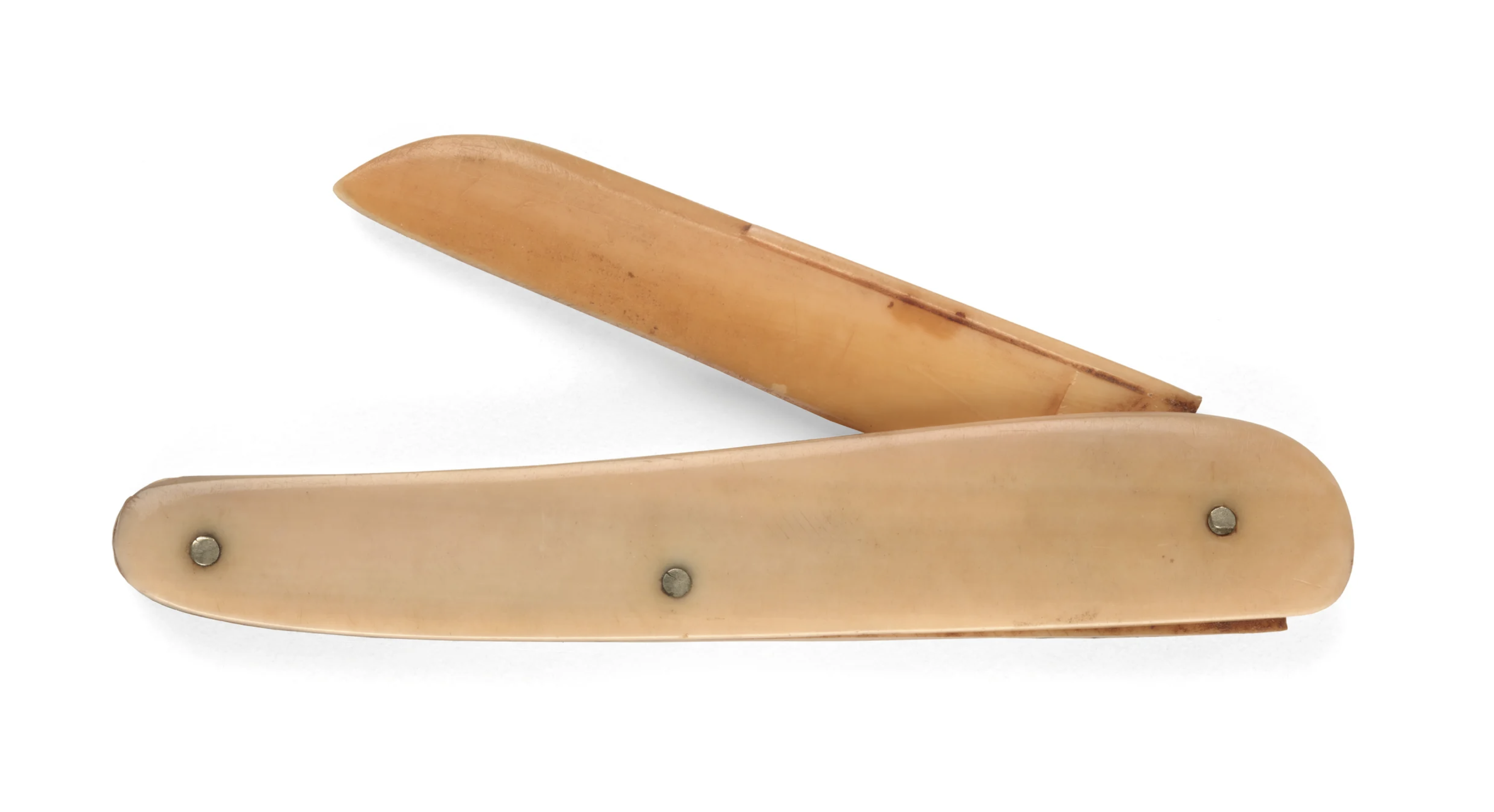
If you’re a person who suffers from trypanophobia (a fear of needles), imagine having your vaccination delivered through a knife. In the early 19th century vaccination knives were used to deliver the smallpox vaccination. The process involved using the point of a knife or lancet to deliver the vaccine under the skin of a patient.
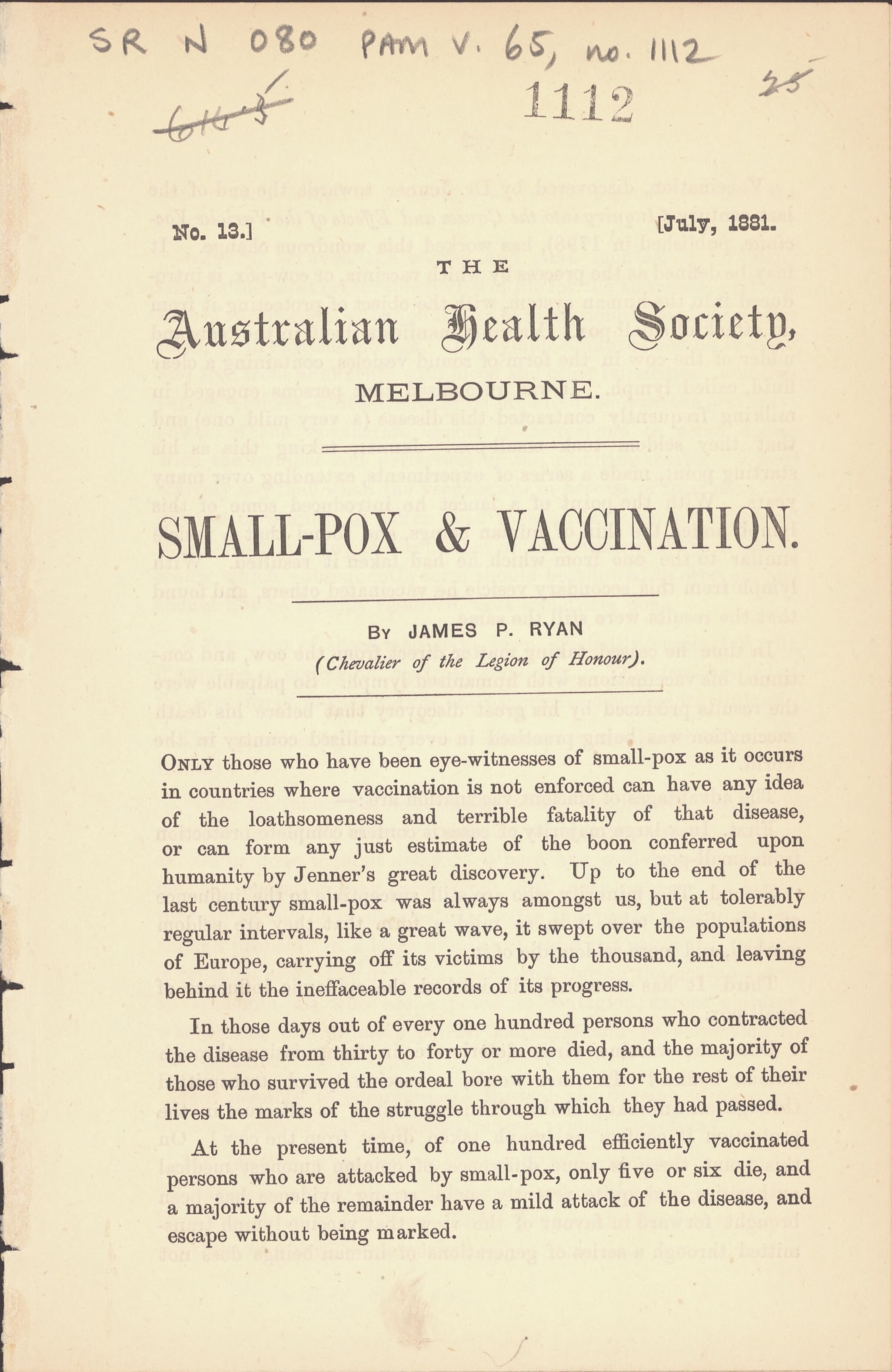
The Australian Health Society released a report in July 1881 about smallpox and the vaccination process. You can read about what they knew about smallpox and how they created the vaccine in the report available in Trove.
A needle sharpener
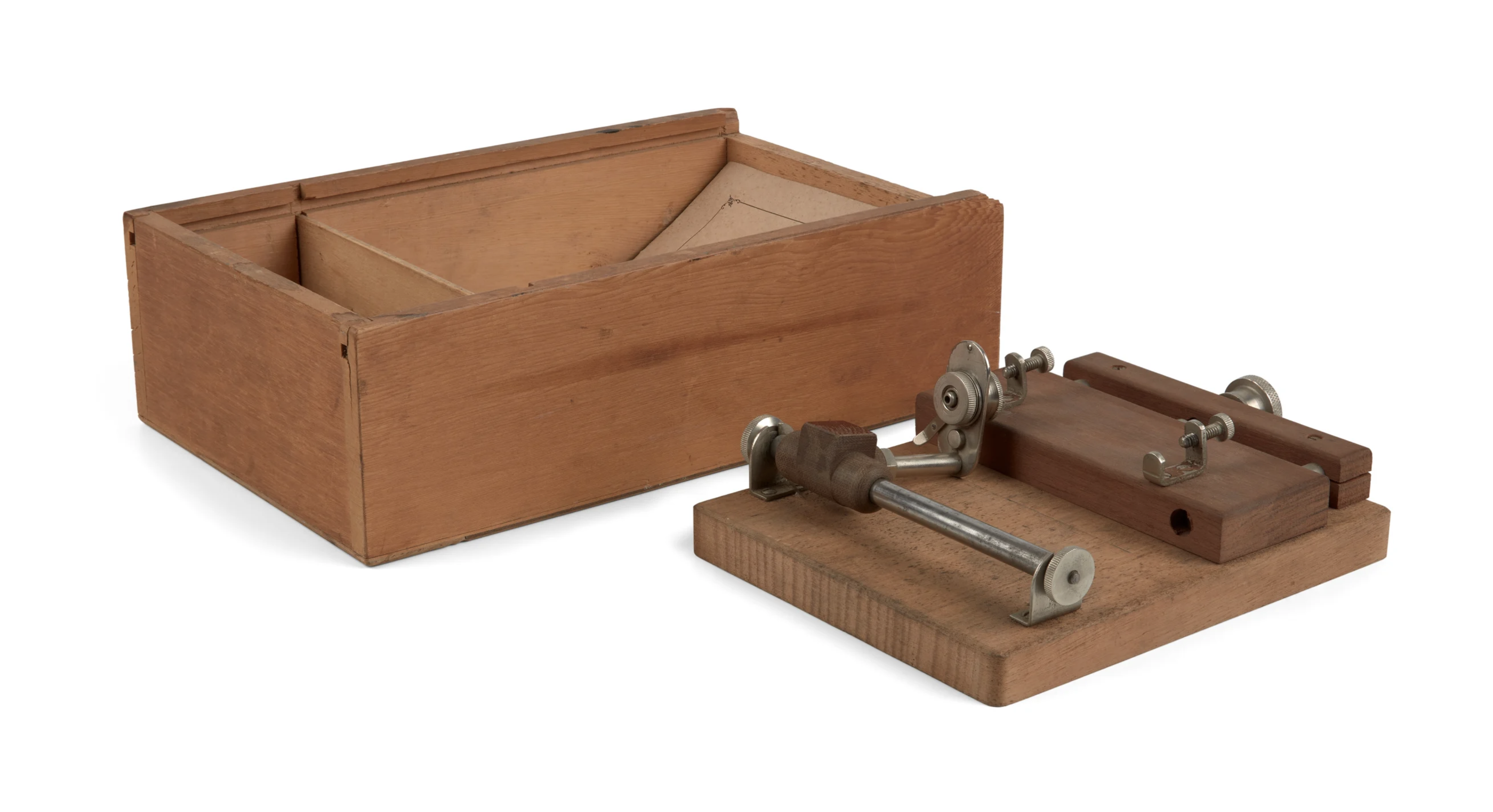
We’re glad hygiene practices have come a long way in the last century. In the 1940s the alternative to vaccination knives were needles that could be sharpened and reused. The Powerhouse Museum, a Trove Partner, holds this one in their collection created by Dr Julian Smith. This machine was lifesaving during the Second World War, but not as sterile as single use needles.
Desirable Helmet Hair
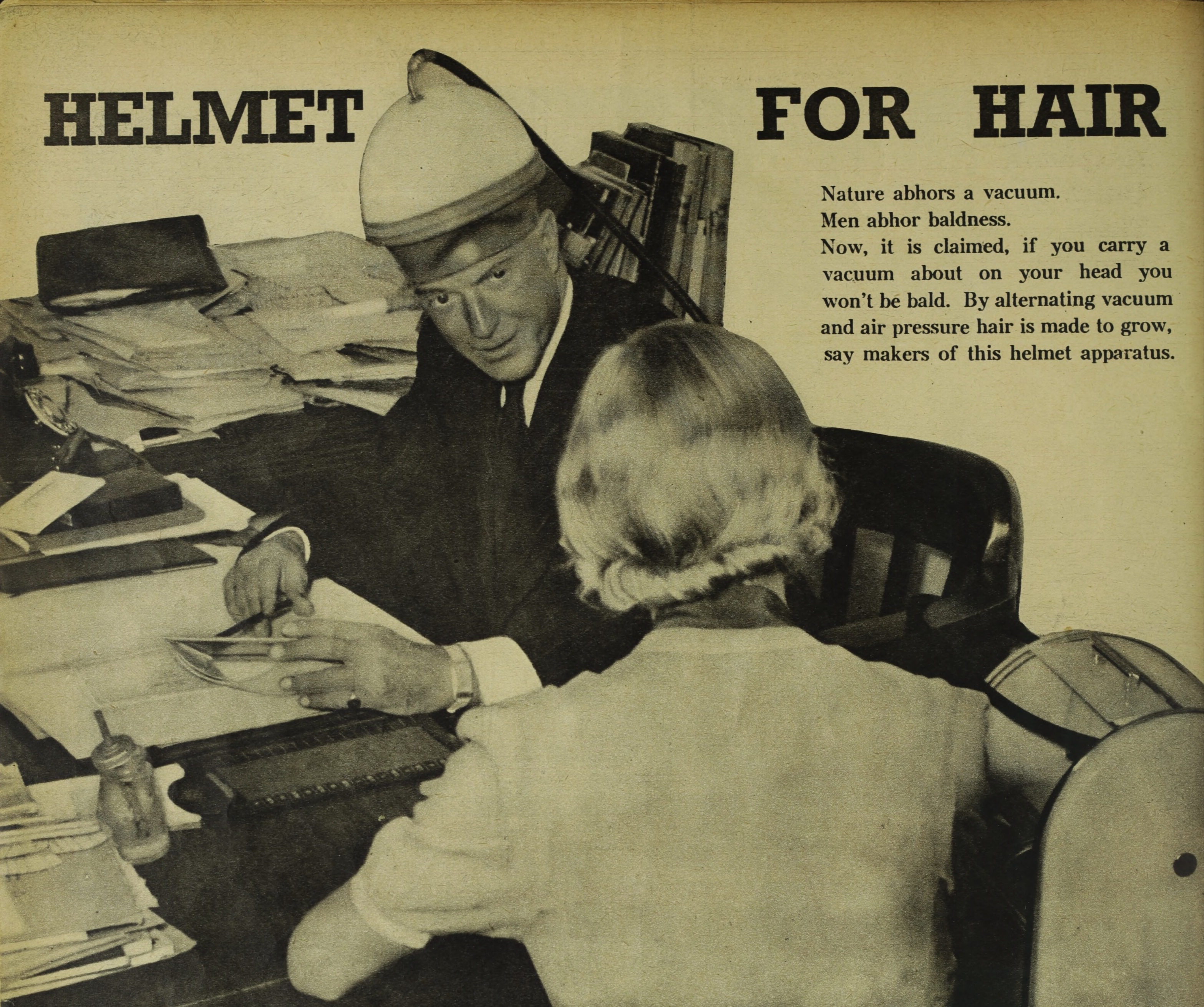
There’s been some very unusual cures for baldness throughout history, but this one must be near the top of the list. In this 19 March 1938 Pix article they’re sharing Dr Andre A. Cueto’s helmet for hair invention. The helmet was believed to stimulate hair growth through applying air pressure to the wearer’s scalp. Despite the article claiming Hollywood stars used it and that a busy Sydney businessman wore it to meetings, we’re not sold on this as a fashion accessory.

Another questionable hair loss treatment is outlined in 20 July 1937 edition of The Australian Woman’s Mirror. Part of this treatment involves occasionally singeing the ends of your hair. You can find out more about knowledge of baldness in 1900 in Trichology: a study of baldness & falling hair by Dr Alfred Neale.
Locked gloves
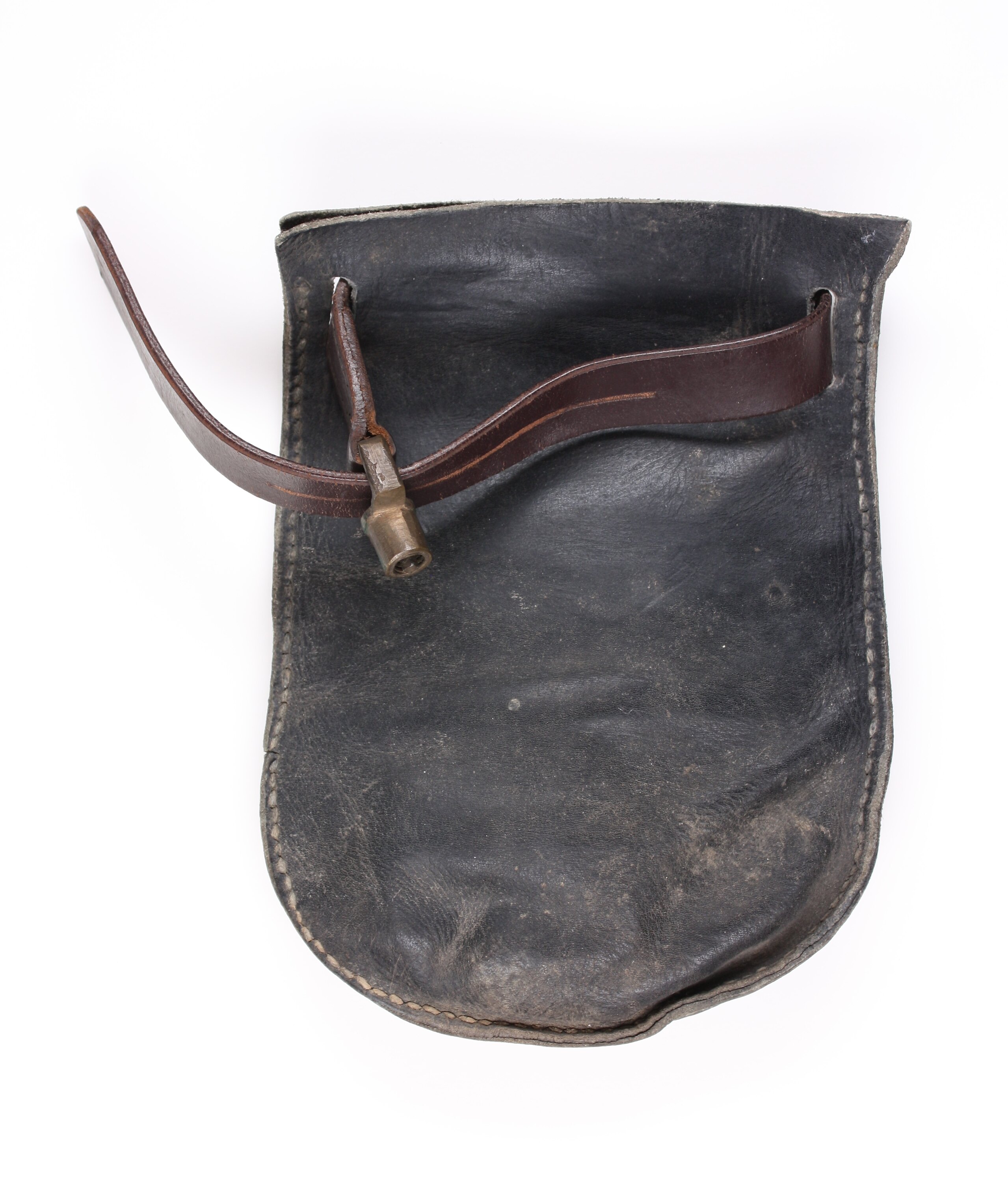
The treatment of people with psychiatric conditions over the last century is on the whole, terrifying. People were sometimes admitted to psychiatric facilities for behaviour caused by physical medical conditions. Other times it came from misjudging normal human behaviour from very conservative societal values.
A method previously used for restraining patients in psychiatric facilities was locked gloves. Patients that were known to practice unsavoury habits with their hands or who were believed to be a danger to themselves would sometimes have their hands locked in gloves like these.
Leech to their own
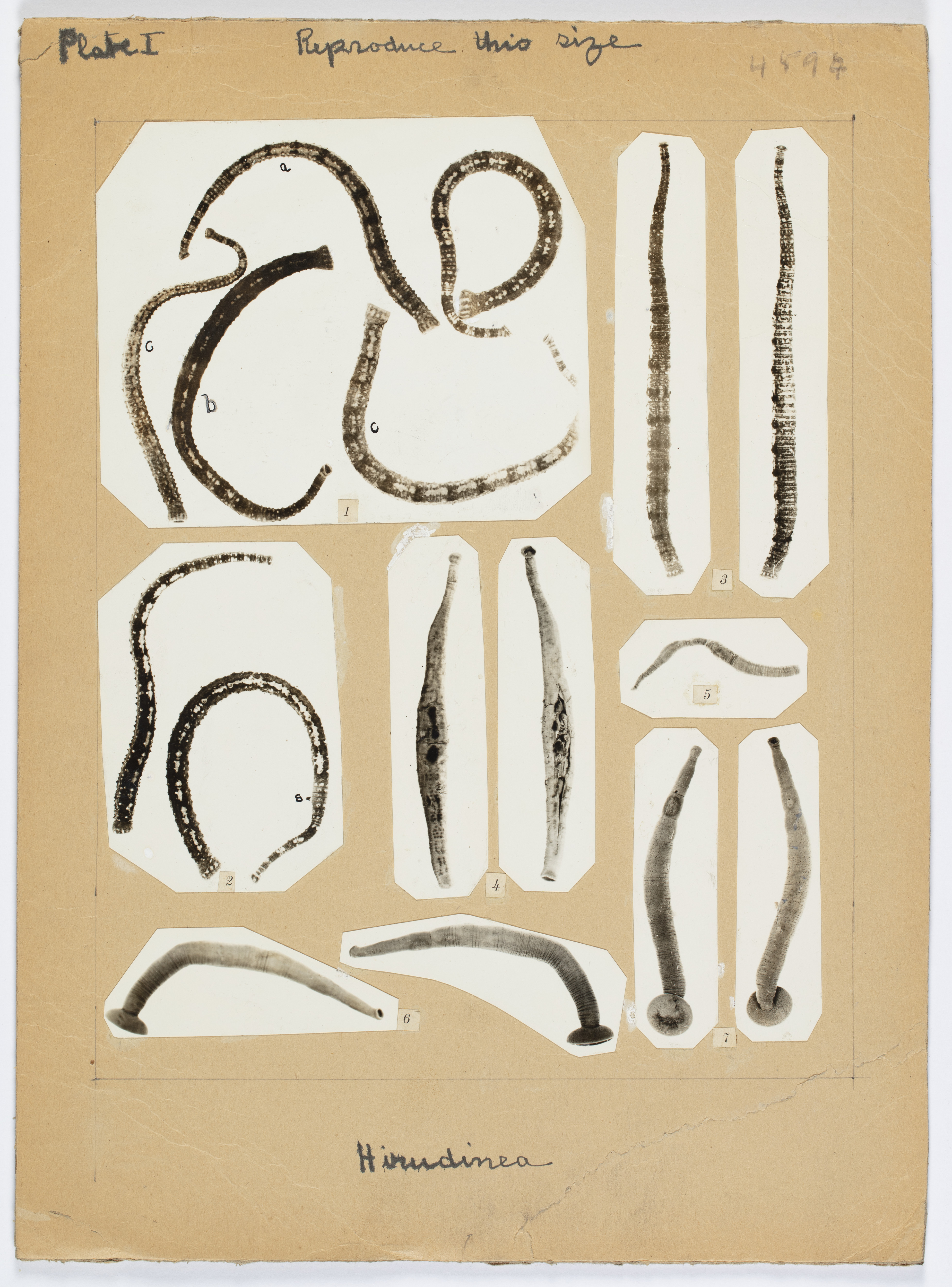
At a point in time leeches were thought to be a curative insect that could suck out the sickness from patients. Dr Louis L. Smith published a medical almanac in 1895 that identified leeches as a potential treatment for severe ear infections in children. Sounds like a bad idea.
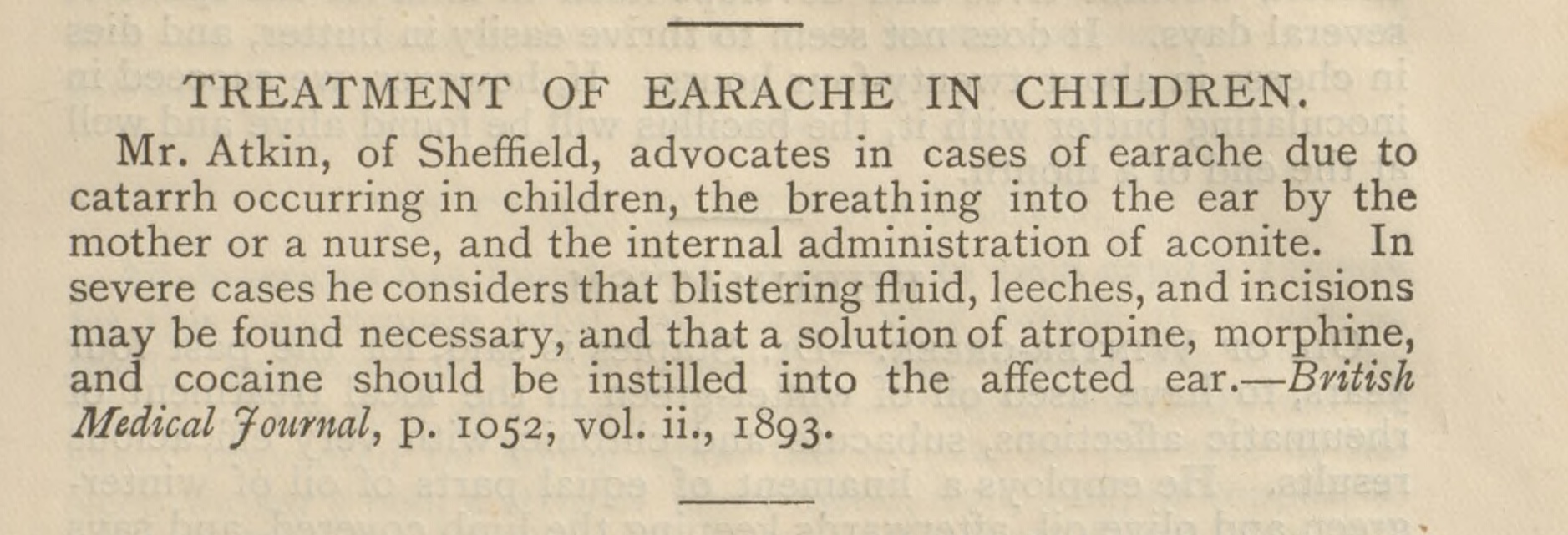
The 46th edition of Moore’s Australian Almanac and Directory for the Year from 1897 also included leeches in their treatment plan. If you had a painful sprained ankle they recommended putting a few leeches on the affected body part.
There are plenty of interesting objects, medical journals and photographs in Trove that are bound to cure boredom. But boredom is the only cure that you should take away from this historical material. Put the vacuum back in the cupboard and set the leeches free because this medical advice hasn’t stood the test of time. But hopefully you’ve found a new appreciation for the developments in the medical field over the last century.